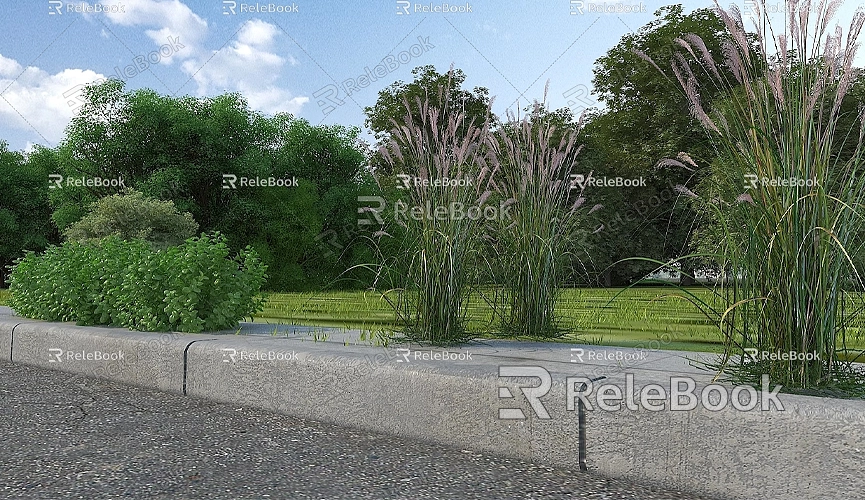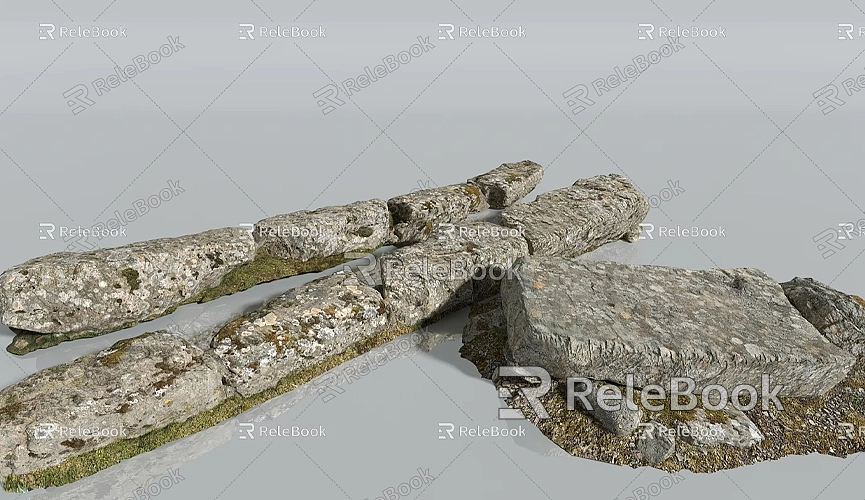How to share a project on sketchup free model
SketchUp is one of the most popular 3D modeling tools used by professionals and hobbyists alike for creating models of buildings, landscapes, and other architectural and design projects. Its web-based version, SketchUp Free, is accessible to anyone with an internet connection and a web browser, making it a great option for students, freelancers, and those looking for a quick and intuitive way to create 3D models. One key aspect of working with SketchUp, particularly in a collaborative setting, is the ability to share your models with others. Whether you are working on a personal project, sharing a design with a client, or collaborating with a team, SketchUp Free provides several options for sharing your project.
In this guide, we’ll explore various methods you can use to share your SketchUp Free models with others, from sharing via Trimble Connect to uploading to the 3D Warehouse. Each method has its advantages, depending on your specific needs, such as whether you’re looking for a simple link to share, or a more professional, public-facing platform for distributing your models.
Understanding SketchUp Free's Sharing Features
SketchUp Free is a simplified, web-based version of the full SketchUp Pro software. Although SketchUp Free doesn’t offer all the advanced features of its Pro counterpart, it still includes robust tools for creating and sharing models. As a browser-based platform, it allows users to work from virtually anywhere with an internet connection. However, one of the most important features of using SketchUp Free is its ability to share your models in a way that makes collaboration easy. The platform provides several built-in options that allow you to share your work with others efficiently.
For those looking to share models for review or collaboration, SketchUp Free integrates with Trimble Connect, a cloud-based storage solution that allows users to upload and share their 3D models. Additionally, the 3D Warehouse, which is SketchUp’s own online repository of 3D models, makes it easy to publish and share your work with a wider audience.

Understanding these features can make your workflow smoother and help you determine the best method for sharing based on the specific project and audience you’re working with.
Sharing Through Trimble Connect
Trimble Connect is a cloud-based collaboration and file-sharing platform developed by Trimble, the parent company behind SketchUp. It allows users to store, manage, and share 3D models, making it an ideal tool for those looking to collaborate with teams or share models with clients. Trimble Connect is integrated with SketchUp Free, enabling you to upload models directly from the SketchUp platform to the cloud. Once uploaded, you can easily share your model with others by providing a link, or you can control who has access to the model and what level of access they have.
By saving your SketchUp models to Trimble Connect, you ensure that your project is securely stored online, where it can be accessed by anyone you choose, from any device. Trimble Connect also supports multiple file formats, so you can manage your entire project’s assets in one place. Whether you need to provide read-only access to a client, or allow collaborators to make changes to the model, Trimble Connect offers flexibility in managing permissions.
Once your model is uploaded to Trimble Connect, sharing it with others is straightforward. You can generate a unique shareable link for the model, which can be sent to anyone via email, message, or social media. Alternatively, if you’re working with a team, you can invite specific individuals to join your project and access the model through their own Trimble Connect accounts. Depending on the permissions you set, they can either view the model or edit it. This method is ideal for team collaboration, as it allows multiple users to work on the same model simultaneously.
Uploading Models to the 3D Warehouse
The 3D Warehouse is a public repository of 3D models that SketchUp users can upload to and download from. It contains millions of models contributed by designers around the world, ranging from architectural elements like windows and doors to complete structures and complex environments. Uploading your SketchUp model to the 3D Warehouse is an excellent way to share it with a broader audience, whether you’re showcasing a finished design, sharing a work-in-progress for feedback, or offering a free resource for others to use.
To upload a model to the 3D Warehouse, you simply need to save your project in SketchUp Free and then publish it directly to the platform. The 3D Warehouse allows you to categorize your models by type, such as "Buildings," "Furniture," "Landscapes," or "Architecture," and add detailed descriptions, keywords, and tags to make it easier for others to find your model. This makes it a great platform for sharing designs with the SketchUp community.

Once your model is published, you can share the model’s URL directly with anyone you want to view or download the model. Unlike Trimble Connect, which requires users to have accounts and log in, the 3D Warehouse allows anyone with the link to view or download the model, which makes it particularly useful for public-facing projects or marketing purposes. If you want others to use your model, you can also make it available for download under a Creative Commons license, or you can set it as "for public viewing only."
Additionally, uploading to the 3D Warehouse offers long-term visibility for your models, especially if they are relevant to a particular field of design or interest. Your model can be downloaded and used by anyone, including designers, architects, and hobbyists, making it a great way to get your work seen by a wider audience.
Sharing as SketchUp Files (.SKP)
For those who need to send models to clients, colleagues, or collaborators who use SketchUp or other compatible software, sending the file directly as a SketchUp (.SKP) file is another option. This method is ideal for those who want others to open and edit the model in SketchUp, as the .SKP file format retains all the original components, groups, and settings.
To share your model as an .SKP file, you can download your model from Trimble Connect, where it is stored, and then send it via email, file-sharing platforms (such as Google Drive or Dropbox), or even through a physical storage device like a USB drive. Once your collaborator or client receives the file, they can open it in SketchUp (including SketchUp Free) and continue working on the model, or simply review it for feedback.
The advantage of sharing a SketchUp file is that it gives full control over the project to the recipient, as they can edit, update, and customize the model to meet their specific needs. This method is commonly used in professional environments where clients or team members need to interact with the design, such as in architectural firms or construction projects.
However, if you plan to share large files, it’s a good idea to optimize the model by reducing its file size, as large SketchUp models can be difficult to share and slow to load.
Using External Viewers for Sharing
While Trimble Connect and the 3D Warehouse are excellent for sharing models in SketchUp, there are times when you need to share your model with someone who doesn’t use SketchUp or even isn’t familiar with 3D modeling software. In these cases, using a third-party viewer can be a practical solution.
External viewers like SketchUp Viewer (available for desktop, iOS, and Android) allow you to view and interact with SketchUp models without needing the full SketchUp software. This is particularly useful for clients or stakeholders who need to review your work but don’t need to edit the model themselves. SketchUp Viewer enables the recipient to rotate the model, zoom in and out, and view it from different angles, providing an interactive experience without the need for them to have SketchUp installed.
Another option is to use platforms like Sketchfab or Model Viewer, which support interactive 3D models directly in a web browser. These platforms allow you to upload your model and generate a link that can be shared easily. These viewers offer a more polished, professional way to present your work, especially if you want to showcase it on a portfolio website or for a client meeting.
Embedding Models on Websites or Blogs
If you're looking to showcase your SketchUp project on your own website or blog, embedding the model directly into your site can be an excellent way to share it. Many external platforms, such as Sketchfab, allow you to upload your SketchUp model and generate an embed code. This code can then be inserted into the HTML of your website or blog, enabling visitors to explore the 3D model interactively directly on the page.
Embedding models is especially useful for design portfolios, product pages, or project showcases, as it allows potential clients, collaborators, or audience members to view your work without leaving the site. This method is often used by architects, designers, and 3D artists to display their portfolios in an interactive and engaging way.
Sharing your SketchUp Free project with others is a straightforward and accessible process, thanks to a variety of built-in features and external tools. Whether you’re sharing a simple model with a colleague, uploading a design to the 3D Warehouse for public access, or providing a model to a client for feedback, SketchUp offers multiple ways to make your work accessible.
If you’re looking to enhance your SketchUp projects with high-quality textures, HDRI, or 3D models, platforms like Relebook can help. For a seamless experience, you can download high-quality 3D textures from https://textures.relebook.com/ or find professional 3D models at https://3dmodels.relebook.com/. Relebook’s extensive collection of resources can help you bring your Sketch
Up models to life, making your designs more detailed and visually stunning.
By utilizing the sharing options available in SketchUp Free and combining them with high-quality external resources, you can ensure that your 3D models are seen, shared, and appreciated by a wider audience. Whether for personal projects, client presentations, or collaborative efforts, sharing your SketchUp work has never been easier.

